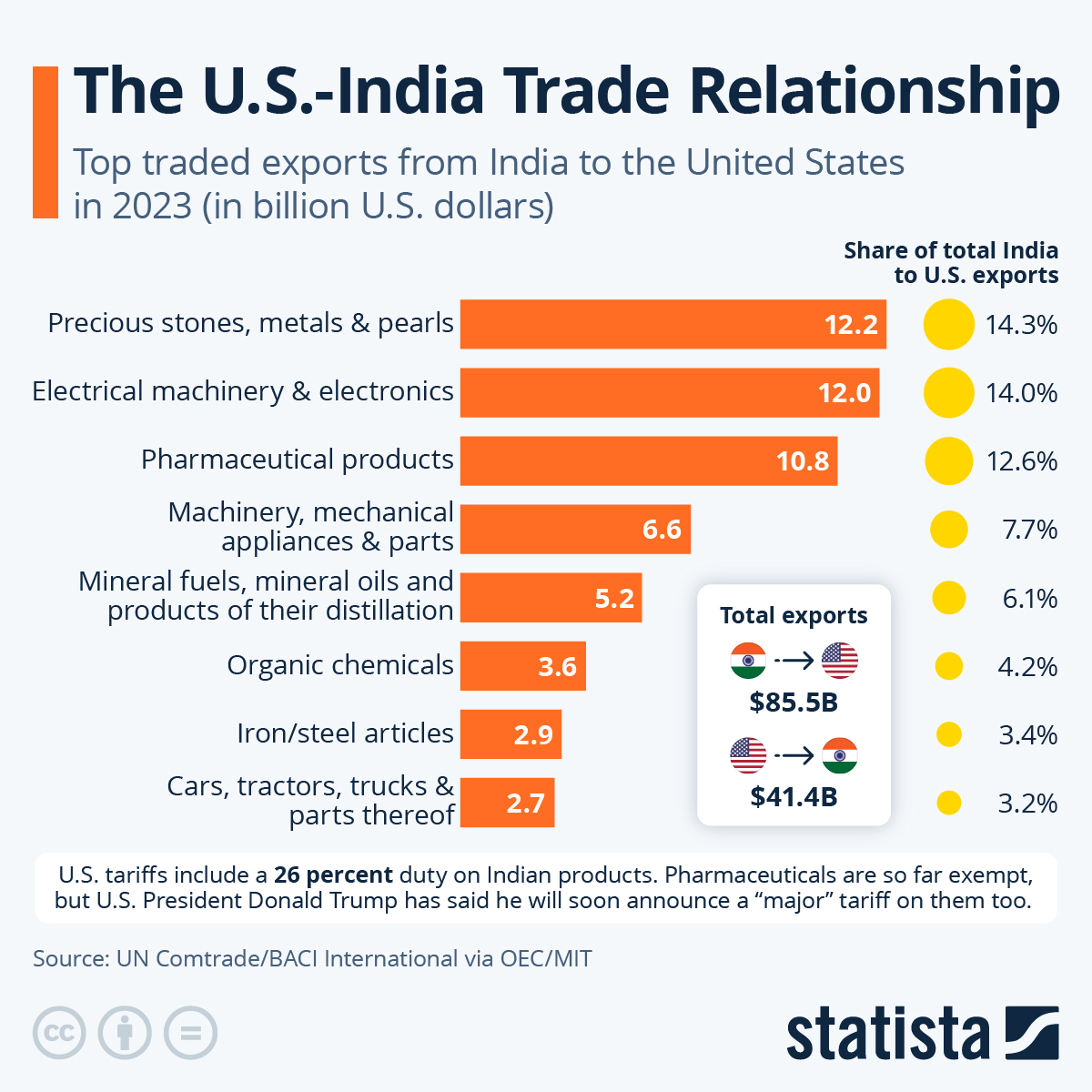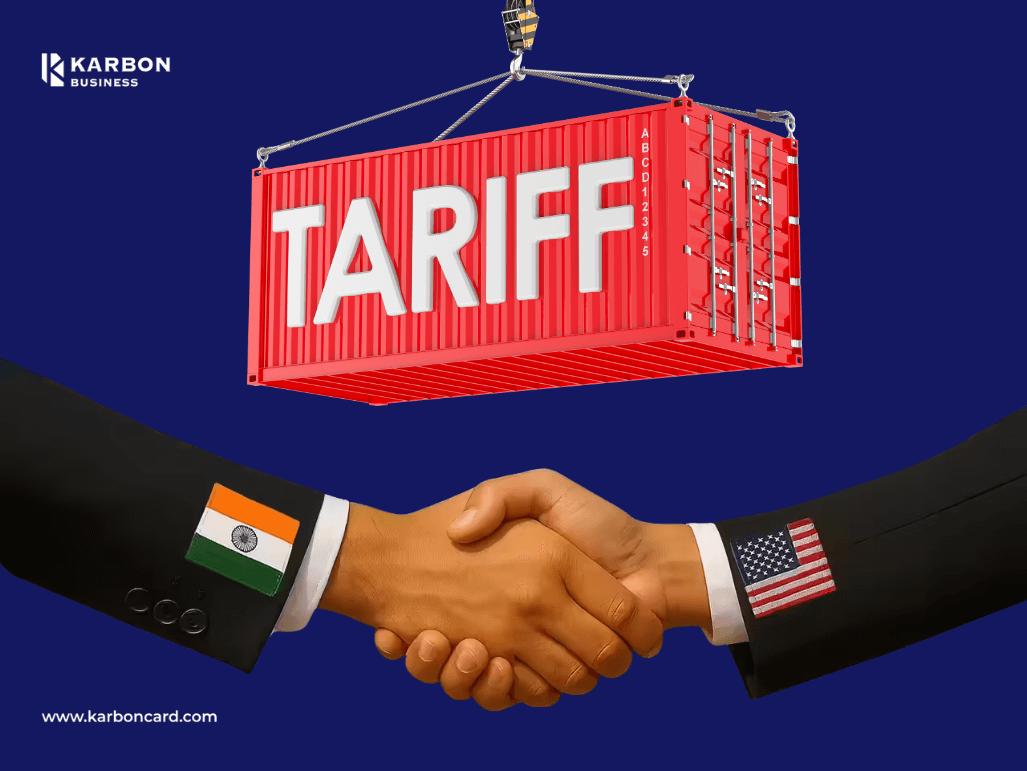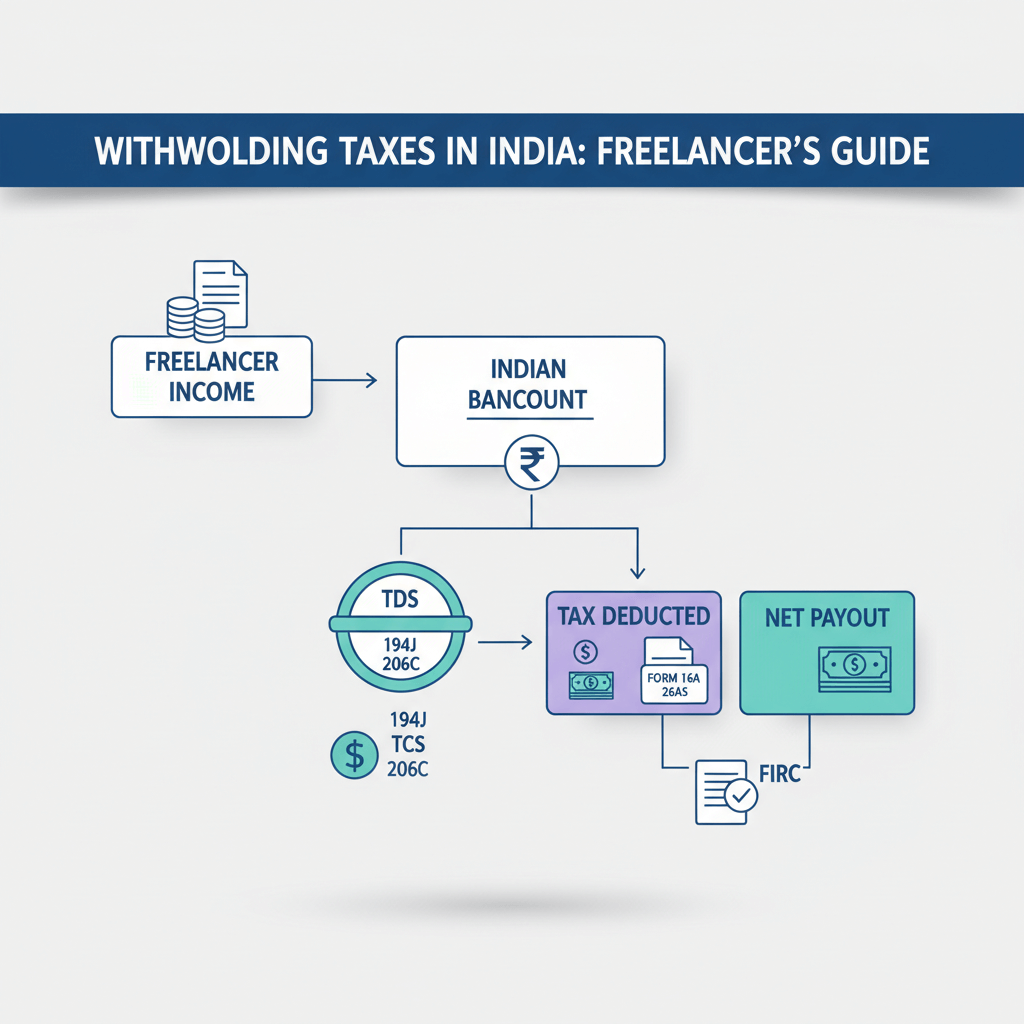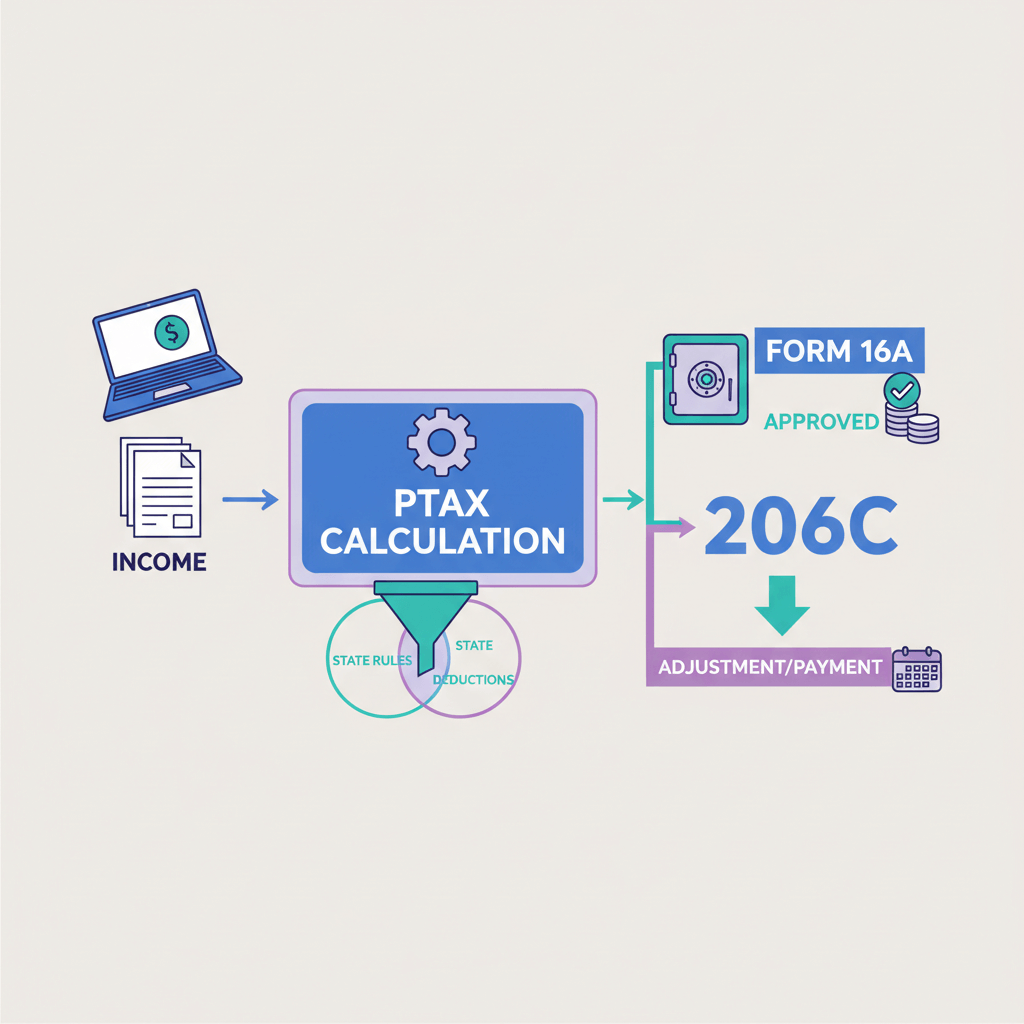In a major move that’s causing waves in global trade, U.S. President Donald Trump has increased tariffs on Indian goods by 25%.
This means the total tariff on Indian exports to the U.S. is now 50%.
The reason behind this move is India’s continued purchase of Russian oil, which the U.S. sees as undermining efforts to curb Russia’s activities. Experts believe this could cost Indian exporters up to $5 billion.
Why the Tariff Increase?
The U.S. says it’s increasing tariffs because India’s oil imports from Russia are going against U.S. efforts to stop Russia’s actions in Ukraine. The tariff increase will be effective from August 27, 2025.
How Will This Affect Indian Exporters?
According to the Federation of Indian Export Organisations (FIEO), India could see a loss of $4-5 billion in exports due to the tariff hike. This represents a huge hit, especially considering the U.S. is one of India’s top trading partners.
Sharad Kumar, president of FIEO, called the decision “extremely shocking.” He warned that industries like textiles, auto parts, and electronics, which are vital for India’s export economy, will be hit the hardest. The timing couldn’t be worse, as Indian exporters are already dealing with supply chain problems, rising costs, and inflation.
Which Sectors Will Suffer the Most?

The industries that will bear the burnt is the one that exports the most to U.S. Here’s a look at which industries will be impacted the most from tariff hike:
• Textiles and Garments: India exports a lot of textiles to the U.S., but with the new tariffs, Indian companies might have to either absorb the increased costs or pass them on to consumers. Both options aren’t great; absorbing the cost means smaller profits, while raising prices could make Indian goods less competitive.
• Estimated Loss: Over $1.5 billion from textile exports alone.
• Auto Parts: India supplies a lot of auto parts to the U.S. But with the 50% tariff in place, U.S. manufacturers may start looking for cheaper alternatives, hurting the Indian auto parts industry.
• A report from the Automotive Component Manufacturers Association (ACMA) predicts this could disrupt supply chains and make Indian auto parts less competitive.
• Electronics: India exports semiconductors, consumer electronics, and mobile phone components to the U.S. With a 50% tariff, U.S. manufacturers may face higher input costs, which could lead to a drop in demand for Indian products.
• Estimated Loss: Electronics exports could drop by 10-15%.
• Chemicals and Pharmaceuticals: India is a major supplier of chemicals and pharmaceuticals to the U.S. The tariff hike could lead to higher costs for medical supplies and raw materials, making them less competitive.
• This might also disrupt the pharmaceutical supply chain, where India plays a dominant role in U.S. imports.
• Seafood and Agricultural Products: Exports from India’s seafood and agriculture sectors could also face significant losses. The U.S. market has been growing for these exports, but with the higher tariff, Indian exporters may struggle to compete.
The Impact on Small Businesses
It’s not just large businesses that will be affected by this tariff hike. Small and medium-sized enterprises (SMEs) in India, which rely on export revenue, will likely feel the hardest impact.
According to India’s Ministry of Commerce, about 55% of Indian exports to the U.S. could be affected. This could lead to significant job losses, particularly in sectors like textiles and auto parts.
What’s Next for Indian Exporters?
Indian exporters are urging the government to take swift diplomatic action to resolve the situation. While India’s foreign ministry has called the tariff hike “unjustified,” exporters are pushing for negotiations to find a solution.
Anil Sharma, economist at India’s Export Promotion Council, suggested that India should focus on leveraging trade negotiations to protect its exporters' interests in the long run, rather than retaliating immediately.
The Road Ahead…
The 50% tariff on Indian exports to the U.S. is a massive blow to the Indian export sector. The potential losses are staggering, and the impact could be felt for years. For now, exporters need to navigate this new challenge, while the government continues to work on resolving the trade tensions. It’s going to be a tough road ahead, but with strategic responses and international cooperation, Indian exporters may be able to weather the storm.










